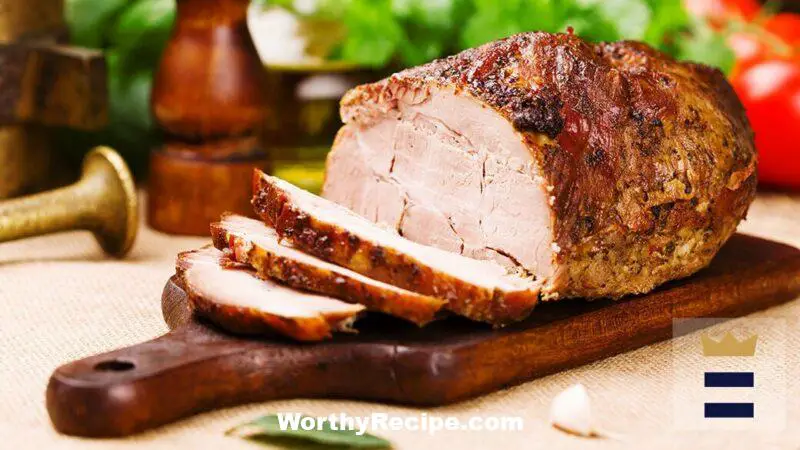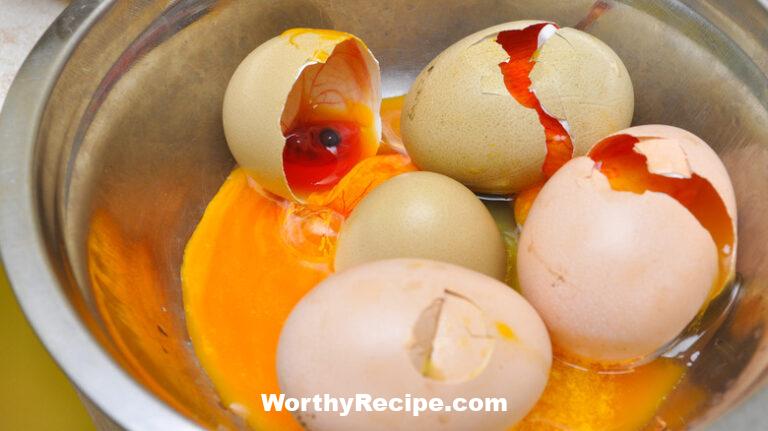Introduction
Steam ovens have become increasingly popular in recent years due to their ability to cook meals faster than conventional ovens. They use steam instead of dry heat to cook food, which helps retain moisture and nutrients. As a result, foods cooked in a steam oven are often healthier and more flavorful than those cooked using other methods. In this article, we will explore whether it is possible to cook pasta in a steam oven and the potential benefits and drawbacks of doing so.
The Science behind Cooking Pasta
Before diving into the topic of cooking pasta in a steam oven, it’s essential to understand the science behind how traditional pasta is cooked. The process typically involves boiling the pasta in a large pot of salted water until it is tender but still firm. This cooking method not only softens the pasta but also removes some of the starch on the surface of the pasta, preventing it from clumping together.
Boiling water is crucial because it helps set the structure of the pasta while it cooks. When you add pasta to boiling water, the surface starches gelatinize quickly, forming a protective layer around the pasta that keeps it from sticking together while cooking.
As pasta cooks, its internal temperature rises and softens the starches inside the noodle. This internal transformation results in pasta taking on a slightly chewy texture with an al-dente center that is still firm when bitten.
Understanding Steam Ovens
A steam oven is an appliance that uses pressurized steam to cook food. While they come in various forms, most models work by injecting highly pressurized steam into a sealed space, where food is placed for cooking.
Steam ovens offer several advantages over conventional ovens when used for cooking. They help retain moisture better because there is no air moving around that can cause evaporation. As such, foods cooked in steam ovens are less likely to dry out, so the flavors and nutrients remain intact.
Can Pasta Be Cooked in a Steam Oven?
The short answer is yes, you can cook pasta in a steam oven, but there are some things to consider. Cooking pasta with steam ovens has become increasingly popular due to its time-saving ability and resulting better texture and flavor profile.
However, cooking pasta using a steam oven is somewhat different from the traditional method of boiling water on the stovetop. Therefore, it’s essential to take a closer look at some of the potential pros and cons of learning how to cook pasta in your steam oven.
The Pros of Cooking Pasta in a Steam Oven
Here are some of the benefits associated with cooking pasta in a steam oven:
Time-Saving Advantages
One of the most significant advantages of cooking pasta in a steam oven is that it saves time. Traditional stovetop boiling methods require waiting for water to come to a boil before adding the pasta. Additionally, one must watch and stir the pot regularly to ensure that the noodles do not stick together and become clumpy.
Cooking pasta in a steam oven requires no waiting for water to boil or stirring required, resulting in an easy-to-replicate recipe perfect for busy weeknights. Additionally, certain models have features like WiFi connectivity or programmed automatic cooking settings that let you start dinner even before arriving home from work or shopping.
No Need to Boil Water
When boiling water on the stovetop, you need to use a large amount of hot water, which means using up tons of gas or electricity. However, with a steam oven, there’s no need for such a large volume of water since it relies on pressurized steam for cooking.
Retains Nutrients Better
When pasta boils in traditional stovetop methods, the nutrients in the pasta, such as vitamins and minerals, seep into the boiling water. A steam oven, on the other hand, retains more nutrients because less moisture is lost during cooking.
Improved Texture and Flavor Profile
While cooking pasta using traditional stovetop methods can produce satisfactory results, cooking with steam ovens does a better job of ensuring that the noodles have an ideal texture and flavor profile. This is because steam ovens circulate a more even heat distribution around food rather than relying solely on temperature control.
The Cons of Cooking Pasta in a Steam Oven
Before jumping at the opportunity to cook pasta using your steam oven, be aware of the potential downsides associated with this technique:
Limited Quantity of Pasta
One downside of using a steam oven to cook pasta is that it can only produce a limited quantity at once due to its smaller size compared to traditional boiling method pots. This means that if you’re cooking for a large group or family, itmay take multiple cooking cycles to have sufficient servings.
Possibility of Undercooking or Overcooking
The lack of visual cues makes it harder to keep track of what’s happening with the pasta when you’re cooking in a steam oven. This can result in undercooked or overcooked noodles if you’re not careful.
Requires Some Experimentation to Get Right
Since steam ovens are newer technology than traditional boiling methods for preparing pasta, there might be some experimentation required until you get it right for your preferred taste and texture.
Preparing Pasta for Cooking in a Steam Oven
When preparing pasta before cooking in a steam oven, use dried-out long-stranded pasta instead of fresh and stuffed varieties, which are more delicate and prone to clumping together than dried-out pasta.
Here are some general steps to prepare pasta for cooking in a steam oven:
Soaking the Pasta
Soak the dried-out pasta in cold, salted water for 10–15 minutes before adding it to the steam oven. This helps ensure that each strand of pasta is evenly hydrated and reduces the chances of clumping.
Rinsing and Draining
After soaking, rinse the pasta in cold running water to remove any excess starch. Then, drain it using a fine-mesh strainer or colander.
Oiling the Pasta
Add olive oil to help coat the strands and prevent them from sticking together during cooking. Use approximately one tablespoon of oil per pound of pasta.
Steps to Cook Pasta in a Steam Oven
When cooking pasta using a steam oven, follow these simple steps:
- Add water to the oven’s reservoir.
- Choose the appropriate setting on your oven. Most models will have pre-programmed cook settings for different types of pasta.
- Set the timer for the recommended time. Depending on your machine, this may vary for different pastas.
- Monitor the pasta while it cooks. It can be useful to stir or toss it occasionally to prevent clumping.
Different Types of Pasta That Can Be Cooked in a Steam Oven
Most types of pasta can be cooked adequately in a steam oven, provided that you follow proper preparation methods:
Spaghetti and Other Long Strands of Pasta
Long, thinner strands like spaghetti are often the best choice when cooking in steam ovens since they won’t stick together.
Cut-Shaped Varieties Like Penne, Fusilli, and Farfalle
When cooking shaped cut pasta, evenly hydrating the pasta beforehand is best so that they don’t get too dry during cooking. Adding oil helps here also.
Specialty Types like Gluten-Free and Whole-Wheat Pasta
When cooking with special diets or whole-wheat options, it is important to ensure appropriate preparation before cooking in a steam oven.
Frequently Asked Questions
Here are answers to some common questions about pasta cooking with steam ovens:
- How much water should be added to the reservoir? Most models have their specifications on the user guide or instruction manual on how much water to add.
- Can I add herbs or spices to the water before cooking? Yes, steam ovens can help infuse flavors of herbs and spices into dishes.
- Can pasta be cooked with other ingredients such as vegetables or meat? Yes, you can cook pasta in combination with other ingredients as long as they are prepared efficiently for even cooking.
- How long does it take to cook pasta in a steam oven compared to boiling water on the stovetop? Cooking times may vary by machine and benchmark chart. However, using modern-style steam ovens could have a faster turnaround than conventional boiling methods.
Conclusion
Cooking pasta in a steam oven comes with its pros and cons, requiring careful consideration before diving straight in. With proper preparations and careful attention while cooking, using a steam oven for your noodle meal could yield exciting results – quicker turnaround times, better nutrient retention, enhanced flavor profile- and save time spent slaving over the stove. Whether steam ovens will fully replace traditional boiling methods for pasta is still a question, but what’s clear is we now have more options to make cooking less tedious and meals less mundane.
Can I cook any type of pasta in a steam oven?
Absolutely! You can cook all types of pasta in a steam oven, including spaghetti, fusilli, penne and lasagne sheets. Make sure to adjust the cooking time according to the thickness and shape of the pasta.
Do I need to add oil or salt to the pasta water before cooking in a steam oven?
No, you don’t need to add oil as it will create a thin film over the pasta that doesn’t allow it to absorb the sauce. However, you can add salt for flavor if desired. Keep in mind that steam cooking adds moisture to your food and may make it slightly more tender than usual.
How long does it take to cook pasta in a steam oven?
The cooking time varies depending on the type of pasta and its thickness. As a general rule, fresh pasta will cook faster than dried pasta. For example, spaghetti may take around 8 minutes, while lasagne sheets may take around 25 minutes. It is recommended to check the package instructions or do a taste test for doneness.
Can I use a steam oven’s pasta setting to cook other types of noodles?
Although steam ovens are designed with specific settings for different types of food, you can experiment with different noodles and cuisines. For instance, you can try using the Asian noodle setting for soba noodles or udon noodles. Always keep an eye on the cooking process and adjust as needed.







